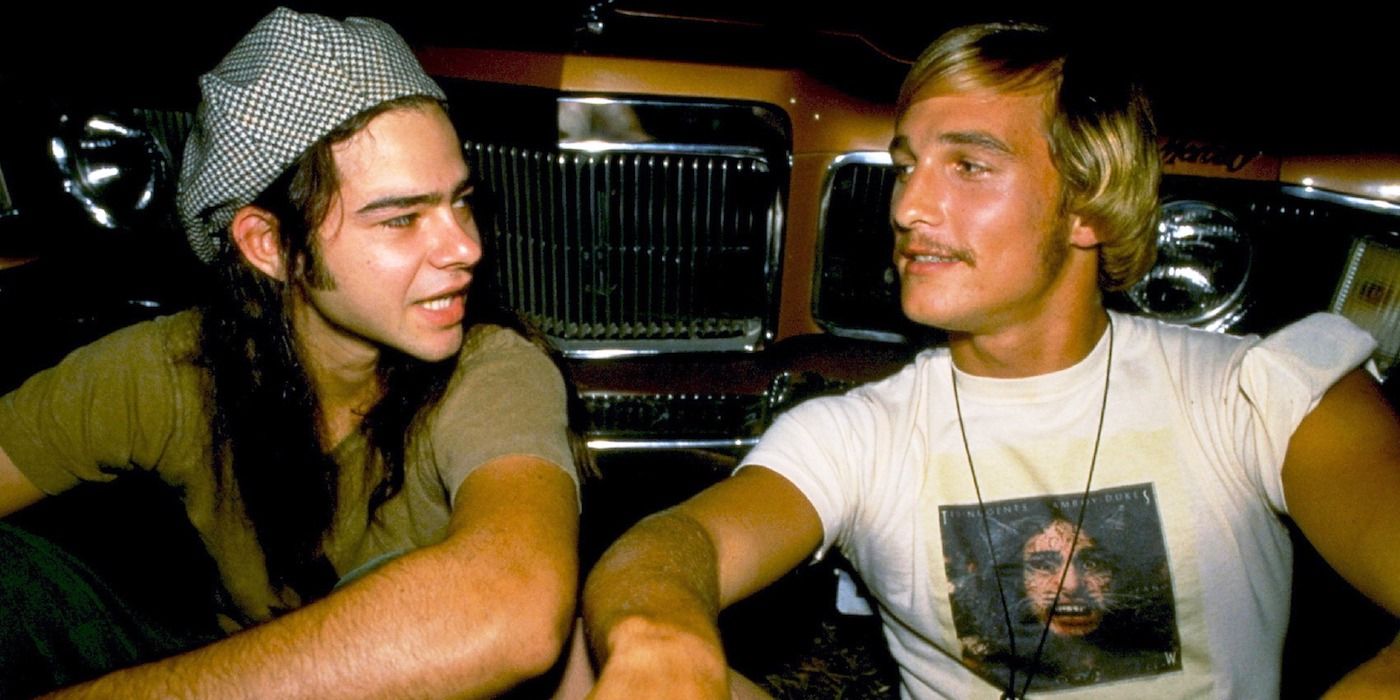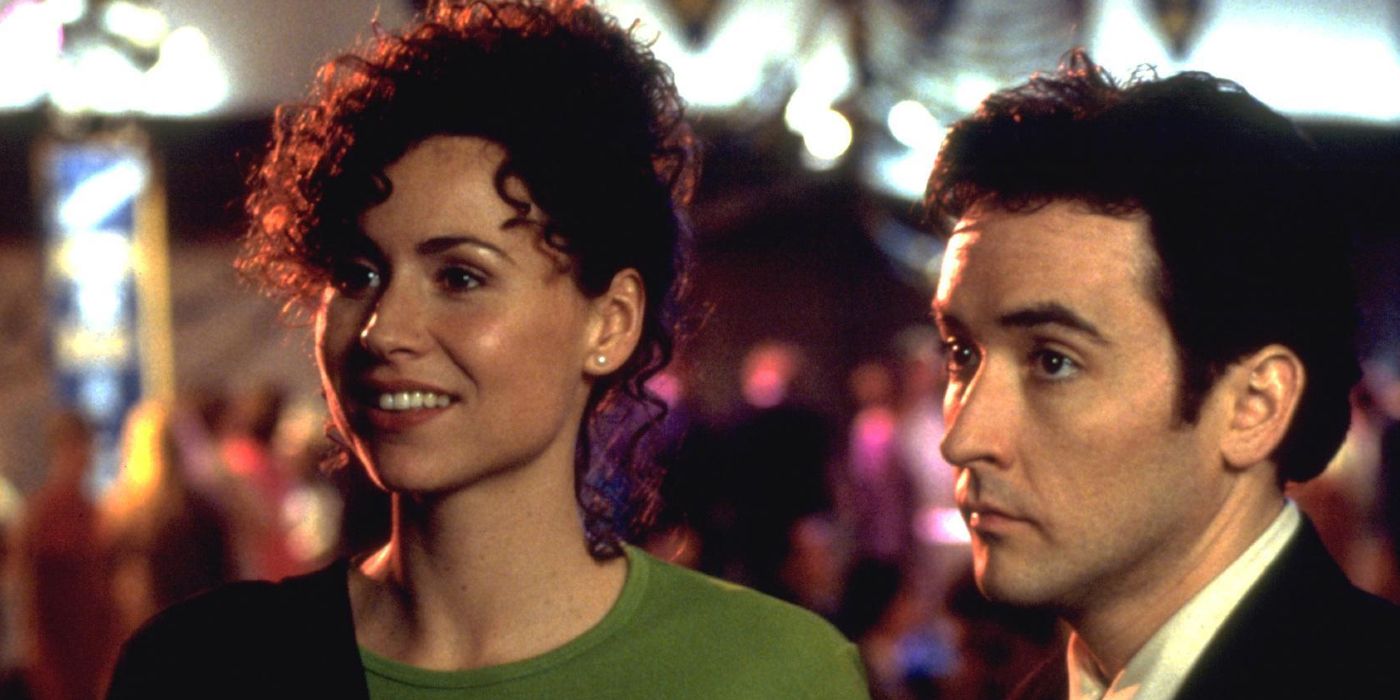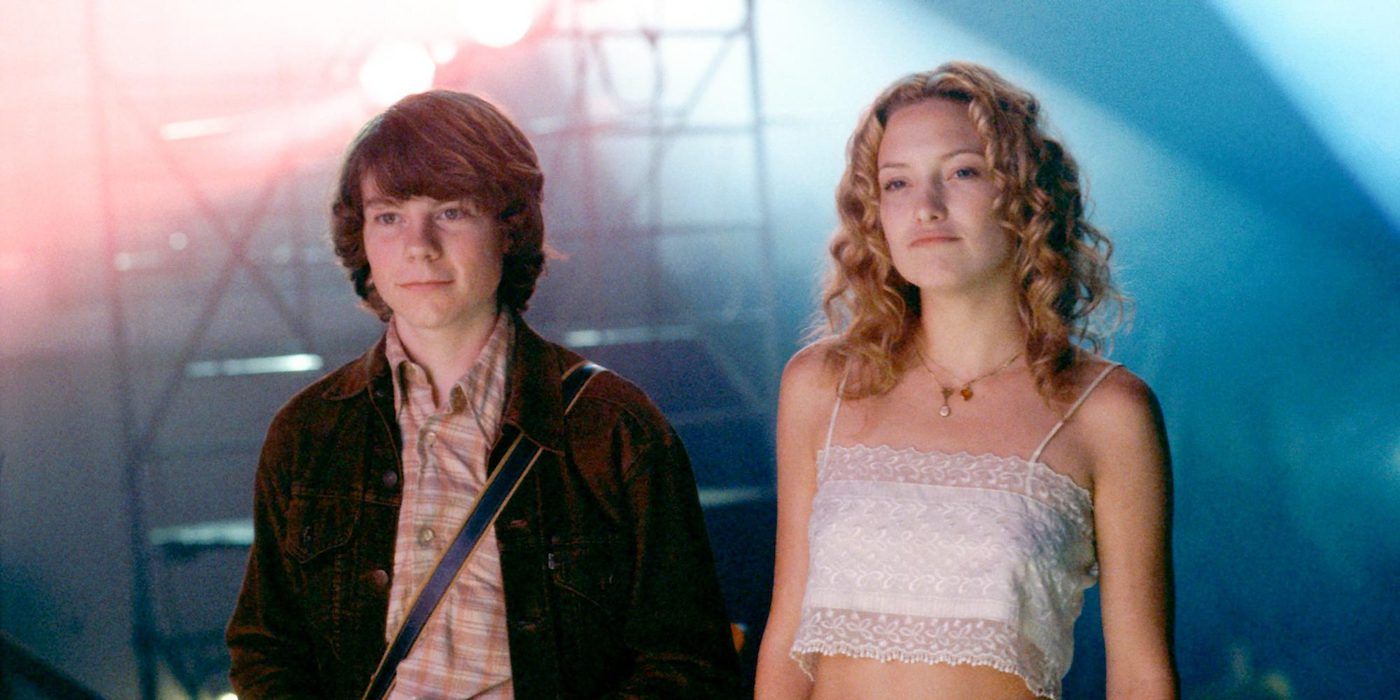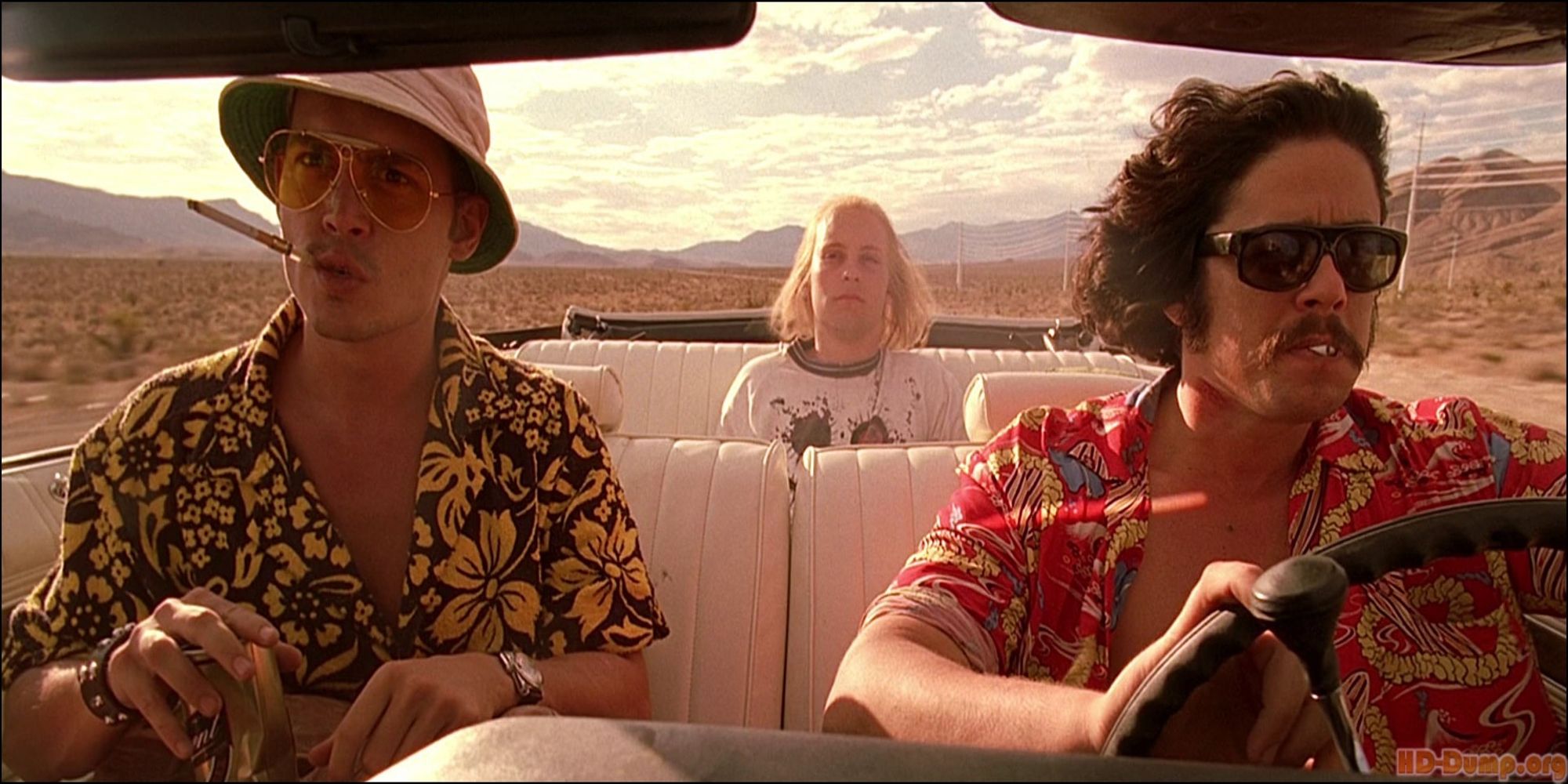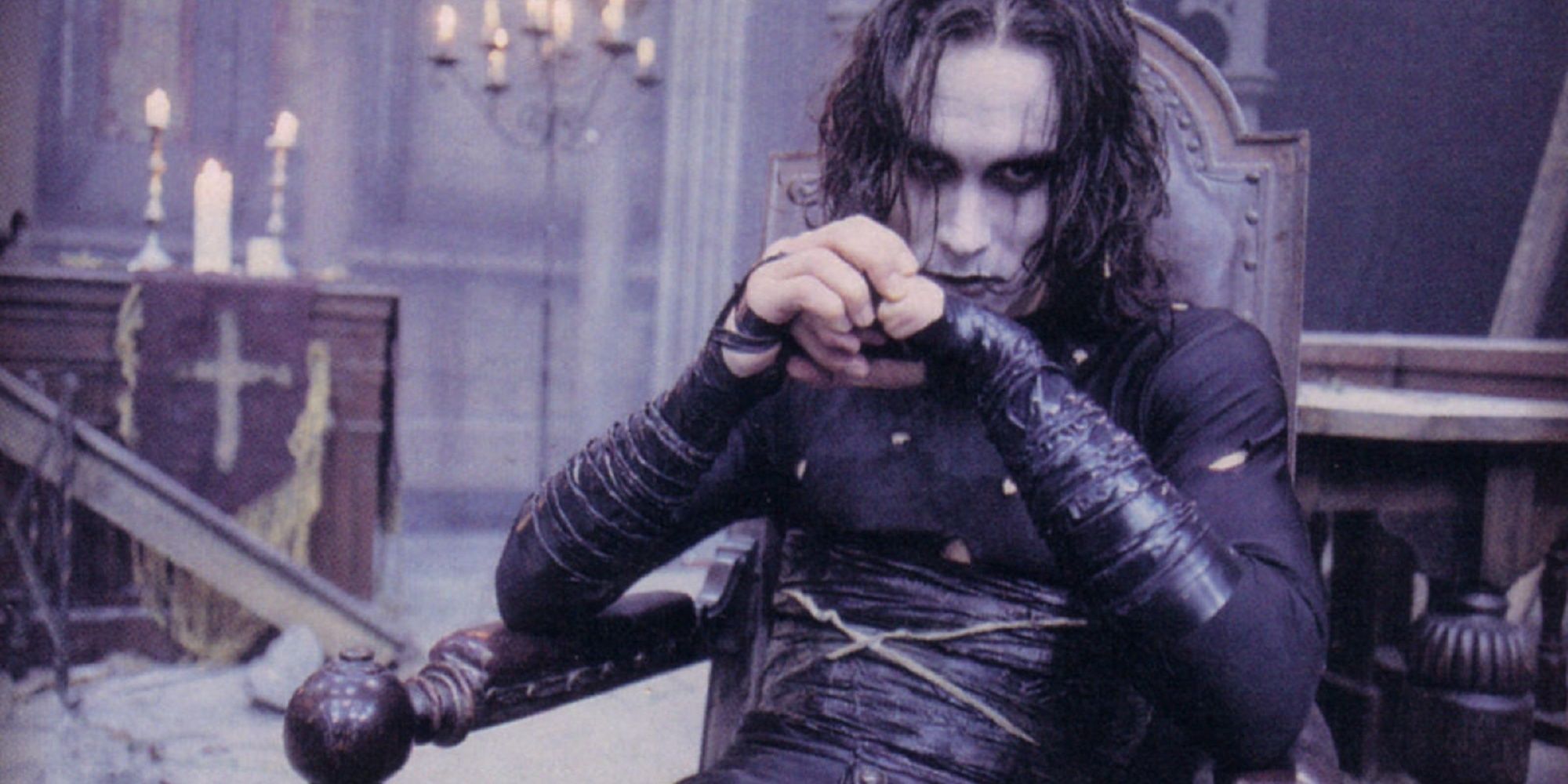
[ad_1]
In life and in film, music has a way of conveying emotion. Whether that be careless fun during nights of partying, sheer confusion at your own thoughts, or deep-seated anger as you avenge your own murder, there’s a song out there for every story. From high-energy punk and heavy industrial metal to eerie new wave sounds and classic 70s jams, here are the movies with rock soundtracks compiled by composers who tell stories with their taste in tunes.
SLC Punk! (1999)
SLC Punk! takes place in Salt Lake City Utah in 1985. Premiering as the opening night feature of the 1999 Sundance Film Festival, the high-energy movie tells an equally fun and heavy story. The film opens with the driving sounds of “Sex and Violence” by The Exploited as two friends wake up in their dilapidated apartment. Lead character Stevo (Matthew Lillard) explains to the audience that having no money, no job, and no plans for the future is the true anarchist position. Along with the social structures of the “tribes” presented in the film, music is discussed in great detail. Stevo examines the question of who started punk rock. Was it the Sex Pistols in the UK, or was it The Ramones in New York? His answer: Who cares? It’s music.
Stevo only cares about which bands go harder, faster, and with more love. Full of fourth wall breaks throughout, the film is an in-depth, explanatory look into small-town punk culture. During one of these conversations with the audience, Stevo introduces members of the local “tribe”, explaining how each of them is an example of the subculture’s diverse ideologies, from their world outlook to their taste in music to their violent inclinations. Though, many of Stevo’s fourth wall conversations are him trying to separate himself from others, namely posers, hicks, neo-nazis, and his sell-out parents. Critics have called the film energetic and poorly structured, which sort of is punk in a nutshell. As Stevo and Heroin Bob bounce from party to party, experimenting with psychedelics, audiences can hear songs from The Stooges, Dead Kennedys, The Specials, and Generation X conveying the angst and depraved wild fun of punk culture.
In Guardians of the Galaxy, Peter Quill (Chris Pratt), is sent to acquire an infinity stone for the villain, Ronan The Accuser. Upon learning of its power, Quill takes matters into his own hands to protect the galaxy he calls home. This action-packed MCU comedy is built around its soundtrack that plays through Quill’s Walkman. Writer and director James Gunn explained that the Walkman, and the Awesome Mix Vol.1 mixtape, are a powerful connection between the hero, and the life he lost when he was taken from Earth in 1988. Gunn revealed that he sometimes wrote scenes around the songs, rather than finding music for the scenes. On set, the songs would be played to help the actors and camera operators feel the emotions of the scene.
David Bowie’s “Moonage Daydream”, Elvin Bishop’s “Fooled Around and Fell in Love”, and The Runaways‘ “Cherry Bomb” are used in some of the film’s most climactic scenes. While the Guardians face high-stakes situations, they always manage to get the audience’s spirits back up with lighthearted jokes and a song by Redbone or Raspberries. At the end of the film, Quill finally opens the gift that his mother handed him moments before her death. Inside was another mixtape, Awesome Mix Vol.2, which became the soundtrack of the sequel, Guardians of the Galaxy 2, and features classic rock hits from Cheap Trick, Fleetwood Mac, Looking Glass, and more.
When creating the soundtrack, Gunn studied the Billboard charts of the 1970s. The filmmaker listened to hundreds of songs looking for the right tonal balance of semi-familiar tunes. A limited edition cassette of the out-of-this-world soundtrack was released in 2014, making this cassette almost as rare as an Infinity Stone.
If you were to ask record store owner Rob Gordon, High Fidelity would definitely be in the top 5 greatest rock soundtracks. In the dramatic comedy, Rob (John Cusack) is a broken-hearted record store owner who understands music more than women. While the film centers around the failing love life of an emotionally immature man, the hopeless romantic and his employees’ deep love of music is what makes the film so interesting. Dick and Barry, played by Todd Louiso and Jack Black respectively, sit around Championship Record store judging the musical taste of customers and not selling cool records to uncool people. Early in Black’s career, audiences can watch his smooth dance moves to his “top 5” songs for a Monday morning and belt out a surprising rendition of Marvin Gaye’s “Let’s Get It On”.
Cusack, who co-wrote the film, stated that he and his screenwriting partners chose 70 song cues out of the 2,000 songs that they listened to. Choosing not only the music that played throughout the film but the songs and artists discussed was a challenge as the characters are such snobs. They landed on a soundtrack that includes The 13th Floor Elevators, The Velvet Underground, The Kinks, Stereolab, and more to create a low-fi vibe, conveying feelings of frustration, hopelessness, and unrequited love.
A film known for being bright and naive, Juno has a soundtrack to match. Its story of teenage love is set to the twangy tune of anti-folk and indie songs that are as sweet as the titular character. Juno (Elliot Page), is an outsider high school student who discovers that she is pregnant. Unprepared for motherhood, Juno decides to find a family to adopt her baby. The film follows the wise-beyond-her-years teen through the complicated tribulations of childbearing. Director Jason Reitman put a lot of heart and emotion into choosing the soundtrack for the film. Throughout the heartfelt comedy, you can hear the tinny, slightly out-of-tune sounds of a second-hand acoustic guitar named Stella. Stella was chosen because it, like Juno, was jangled and open. The character of Juno was conceptualized with her music taste in mind. Originally, the writers had planned on the character being a fan of glam rock, but as Juno developed, they decided she appreciates the authentic sound of punk instead, making her a lover of The Runaways, Pattie Smith, and Iggy and the Stooges.
When introducing the timid character Paulie (Michael Cera), The Kinks’ “A Well Respected Man” plays, with the lyrics detailing the life of a man who keeps to the same, boring routine. Meanwhile, Paulie is seen heating up a Hot Pocket as he prepares for school. This song helps paint the picture of the clueless, but kind Paulie Bleaker who is unprepared for anything out of his parentally-approved routine. Musician Kimya Dawson was contacted by Reitman when he decided to use a Moldy Peaches song in the final scene of the film. Dawson sent in 120 songs, which Reitman found to be fitting for Juno, and decided to have her work make up a large portion of the soundtrack. In addition, tracks by Sonic Youth, Cat Power, The Velvet Underground, and Buddy Holly make up the sweet soundtrack.
Scott Pilgrim vs The World dives into the hipster culture of house parties, bar shows, comic books, video games, and garage bands. The story is equal parts romance, comedy, and video game-style action, centering around Scott, a slacker bass player for the indie band Sex Bob-Omb, whose shows are all secret shows. Scott encounters the too-cool Ramona Flowers, who steals his heart with one look, leading the young man to battle Ramona’s evil exes to win her heart. Scott uses his musical abilities, wit, and DDR-style fighting skills against a super-powered vegan, a levitating fire-caster, and a moon-born teleporter trained in ninjutsu.
In an effort to recreate the comic books and honor the city of Toronto, many of the film’s locations are real places that the author based the original story on, including The Rockit and Lee’s Palace. Music played by Scott’s band throughout the film was composed by Beck, who wrote and recorded the songs in the span of two days. He did this to give the songs a raw and under-thought feel and to sound like an indie garage band’s demos. Beck has described the 32 songs as sloppy punk-fuzz and stompy rockers played on crusty-sounding guitars. Apart from the crunchy original tunes, the film’s soundtrack includes music by T. Rex, the Rolling Stones, and Canadian indie rock bands Broken Social Scene, Metric, and Plumtree. Radiohead producer Nigel Godrich scored the film, which was the accomplished musician’s first film score.
Troubled teenager Donnie Darko (Jake Gyllenhaal) is haunted by a strange figure whose dual-toned voice instructs him to carry out deeds of vandalism before the imminent end of the world. The psychological thriller was a low-budget film with very little money going toward the soundtrack, leaving composer Michael Andrews unable to hire anyone to assist him. Andrews played all the instruments himself with one rule from filmmaker Richard Kelly: no drums or guitar. The composer created emotional soundscapes using a piano, organ, ukulele, xylophone, mellotron, and marimba to convey the eerie, dreamlike state that the titular character is in. “Mad World” by Tears for Fears, which Andrews recorded a dark cover of for the film, plays during an intense scene where time reverses, and characters are faced with the reality of their actions. He also added “The Killing Moon” by post-punk band Echo & The Bunnymen, which is heard during the opening sequence, in which Donnie wakes up on a rural mountain road with no recollection of why he is there. Drowsy and confused he rides home on his bicycle to the sounds of the creepy, yet upbeat new-wave song.
A musically charged scene includes the song “Head Over Heels” by Tears For Fears, which plays during the slow-motion sequence at Donnie’s school. Bathed in sunlight, Donnie and his friends jump out of the school bus as the keys come in. Busy school halls echo under the dreamy tune as characters go about their morning, detailing the edge-of-cheerful mundanity that will soon be disrupted. The framing choices were made with the song in mind, with movements that feel perfectly timed. Heavy and surreal, the sci-fi film needed a soundtrack that expressed the progressing change in Donnie’s mental state. In the process, we got one of the best soundtracks of the 2000s. A different kind of uneasy teen angst that is not derivative or inconsequential, Donnie is kind-hearted while falling into psychosis, which the soundtrack manages to express by utilizing dreamy music with dark qualities.
The last day of school leads to the first party of the summer for students of Lee High. The coming-of-age comedy follows a large cast over one fateful night. Set in 1976, a group of teens piles into their cars for an evening of cruising after their plans to throw a kegger are discovered by their parents. The night draws on as teens flirt and loiter around hamburger joints and pool halls, smoking and drinking anything they can get their hands on, discussing their plans for the summer, and listening to rock music. The teens set out to accomplish rites of stupidity, acting in crude, socially irresponsible ways, making this nostalgic party movie much like a drunk and stoned 70s take on the classic film, American Graffiti.
Aerosmith’s “Sweet Emotion” plays in the slow-motion opening sequence as teens are seen around the school on the final day, setting the mood as a group of friends discuss their plans to see the band in concert. Later, the perfectly chosen “School’s Out” by Alice Cooper is heard as the final bell rings, and students are seen clearing out their lockers in a riot of freedom. The teens cruise to the sounds of the local radio stations before the climactic party, which eventually dies down to the tune of Lynyrd Skynyrd‘s “Tuesday’s Gone”. The teens are seen trying to get the last pumps of a keg while giving out phone numbers to the slow and solemn song.
Along with the rockin’ 70s soundtrack, Milla Jovovich performs an original song titled “The Alien Song” in the film as her burnout-next-door character, Michelle Burroughs. The nostalgic soundtrack, which was praised by critics, boasts some of the 1970s’ greatest classic rock hits, from Foghat, Black Sabbath, Ted Nugent, and The Runaways.
Grosse Pointe Blank is a 1997 comedy starring John Cusack, in which a sly assassin is assigned to a hit near his hometown where his high school reunion is taking place. While Matin Blank is caught up with catching up, he is hunted down by a rival assassin played by Dan Akroyd.
The score for Grosse Pointe Blank was composed by Joe Strummer, co-founding member of punk rock band The Clash. With Strummer’s influence, the soundtrack is largely made up of punk, ska, and new-wave tunes, including tracks by Violent Femmes, The Specials, The Pogues, Pixies, and Siouxsie and the Banshees. The absurd and wildly fun film mixes upbeat tunes with gun fights and cheesy assassin drama. The soundtrack performed so well on the Billboard 200 that a second volume of songs was released, making up the perfect 80s party playlist.
Fifteen-year-old William lands himself a gig with Rolling Stone Magazine after his freelance review of a Black Sabbath concert impresses the editor. He is sent out to interview the up-and-coming rock band Stillwater on the road, making friends with groupies and working his way into the inner circle. Semi-autobiographical, writer/director Cameron Crowe based the script on his experience as a teenage writer.
With Almost Famous focusing on a fictional rock band as well as the very real Rolling Stone Magazine, the film’s soundtrack needed to be top-notch. Awarded a Grammy in 2001 for Best Compilation Soundtrack, Almost Famous features songs from The Who, Led Zeppelin, David Bowie, Yes, and more.
In the film, the fictional band Stillwater performs their song “Fever Dog” with actor Jason Lee on vocals. Anita (Zooey Deschanel), William’s older sister, uses Simon & Garfunkel’s “America” to explain to her mother how she is feeling as she packs up to leave for San Francisco to chase freedom, inspiring William to look for his own path to freedom. The trove of vinyl records she leaves under his bed leads him to that dream. As he listens to The Rolling Stones, Led Zeppelin, and Jimi Hendrix he decides that his future is in music, taking the lyrics of his favorite songs to heart and chasing his dream.
Released in 1998, Fear and Loathing in Las Vegas is a film adapted from the Hunter S. Thompson novel of the same name. Johnny Depp stars alongside Benecio del Toro as Raoul Duke, a journalist, and Dr. Gonzo, his attorney, respectively. The dastardly duo, under the influence of psychoactive substances, travel to Las Vegas to cover a motorcycle race. Duke and Gonzo increase their drug intake and chaos ensues as the two friends trip down the strip in a fever dream of lizards, giant bats, and paranoia.
The film’s accompanying soundtrack consists of classic and psychedelic rock songs. The Rolling Stones song “Sympathy for the Devil” plays a prominent role in the book, though writer/director Terry Gilliam (12 Monkeys) could not afford the rights to the song, which would have cost half of the soundtrack budget. Instead, the film features songs from Three Dog Night, The Yardbirds, and Tomoyasu Hotei. The Jefferson Airplane song “White Rabbit” plays an important role in a dizzying scene in which Dr. Gonzo, after ingesting a large amount of LSD, wishes to listen to the stereo inside a bathtub.
The Youngbloods song “Come Together” plays in the background of Duke’s narration where he explains the peak that the 1960s brought, and how special it was to be alive during that time. The lyrics of togetherness are paired with images of dancing hippies as Duke relays his longing for the past, writing in the wreckage of the crashing wave that was the fight for peace and freedom. He stares out a window in the glowing Las Vegas lights, now consumed by consumerism and drugs, much like the world outside. Fear and Loathing is a wild emotional ride, with high highs and low highs, and low lows. A story of gluttonous psychedelic adventure as a means to cope with the loss of hope, accompanied by songs that paint the picture of a drug-fueled rampage of self-destruction.
Released in 1994, this dark film quickly garnered a cult following. Based on the James O’Barr comic book of the same name, The Crow was written as a way for the author to deal with the untimely death of his fiancée. Brandon Lee, who died on set, stars as the titular supernatural avenger, The Crow. In the macabre film, Eric Draven and his fiancée die at the hands of a violent gang. One year later, Draven rises from the dead and hunts down the people responsible, seeking revenge as a dark antihero.
Haunting sounds by heavy, industrial bands set the dark and dreary tone, conveying the turmoil that Draven is going through. The film’s main title theme is the song “Burn” by The Cure, which was written for the film. Songs by The Cure and Joy Division were crucial to the film due to their influence on the comic books. Lyrics by The Cure can be found on the pages of the comic books, along with chapters titled after Joy Division songs. Many of the songs on the soundtrack are covers or rerecordings made especially for the film. The staticky vocals of Thrill Kill Kult over the heavy notes add to the dark cinematography of the rainy, run-down city. Additionally, the angry sounds of Rage Against the Machine’s “Darkness” convey the titular character’s anger at the cold-hearted criminals responsible for destroying his life and his city.
[ad_2]
Source link


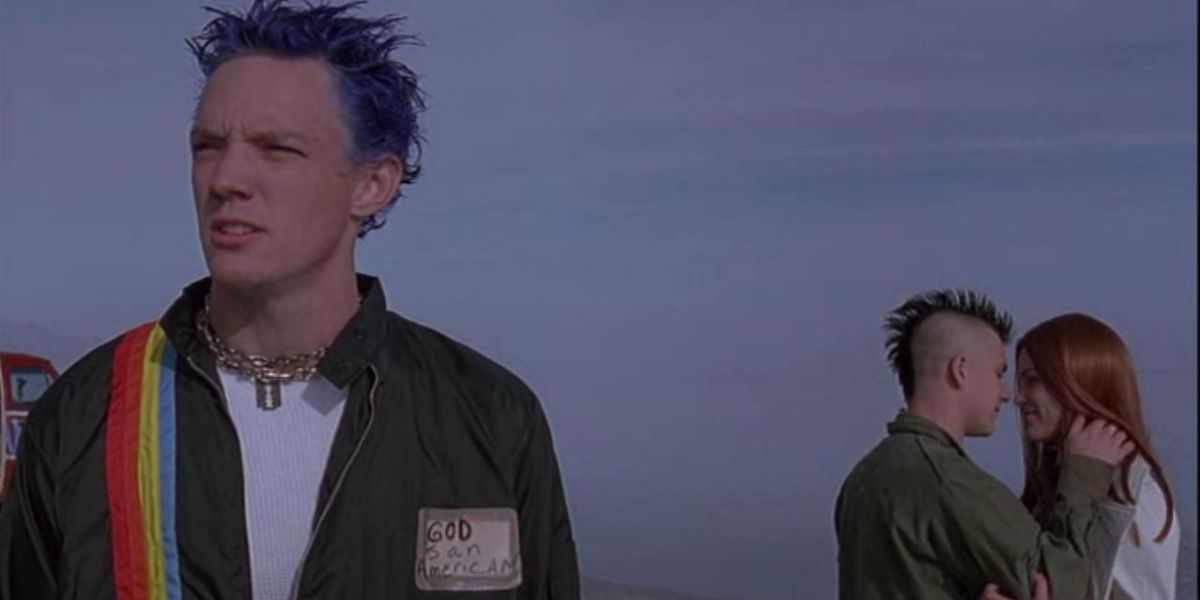
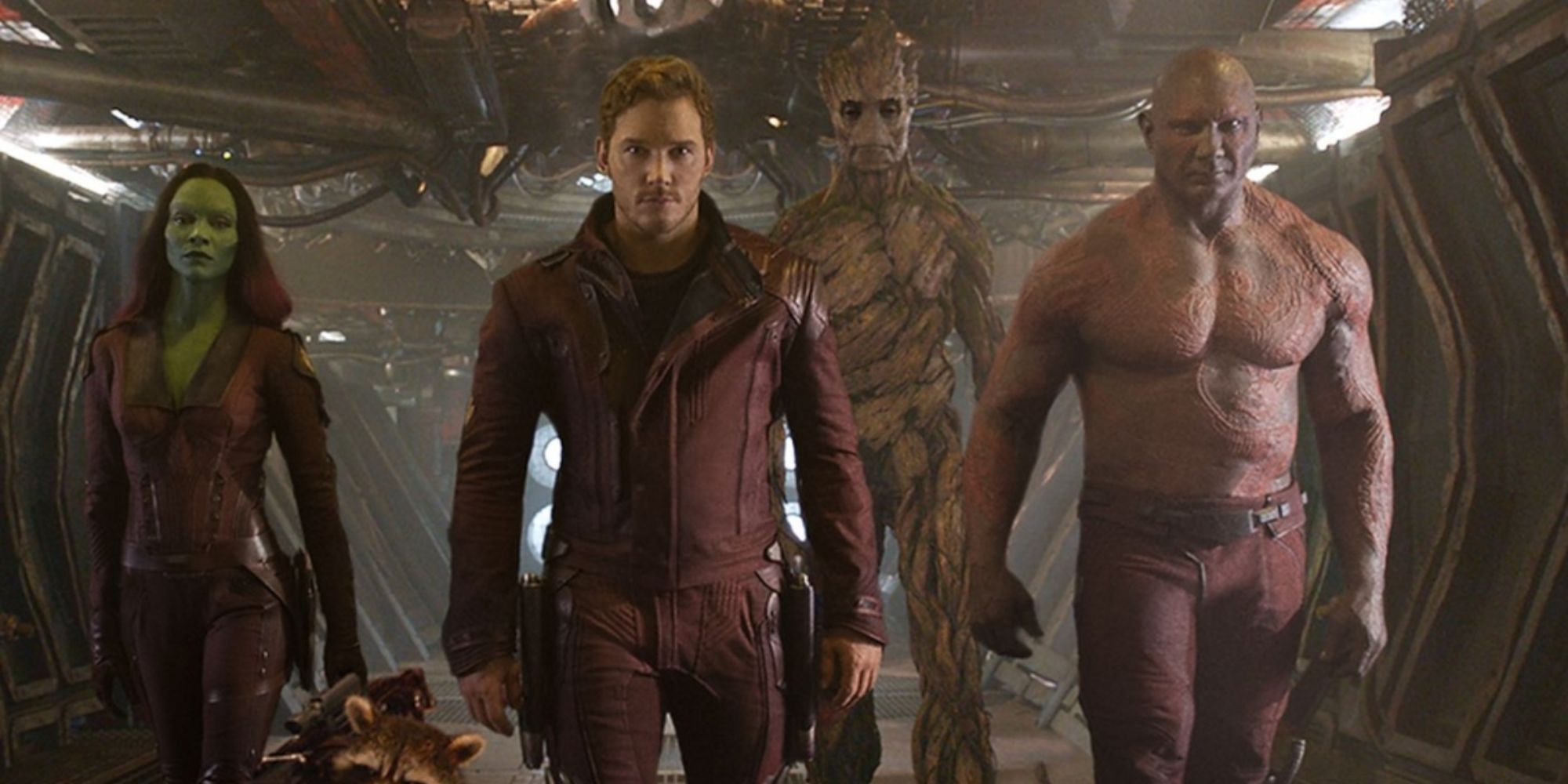
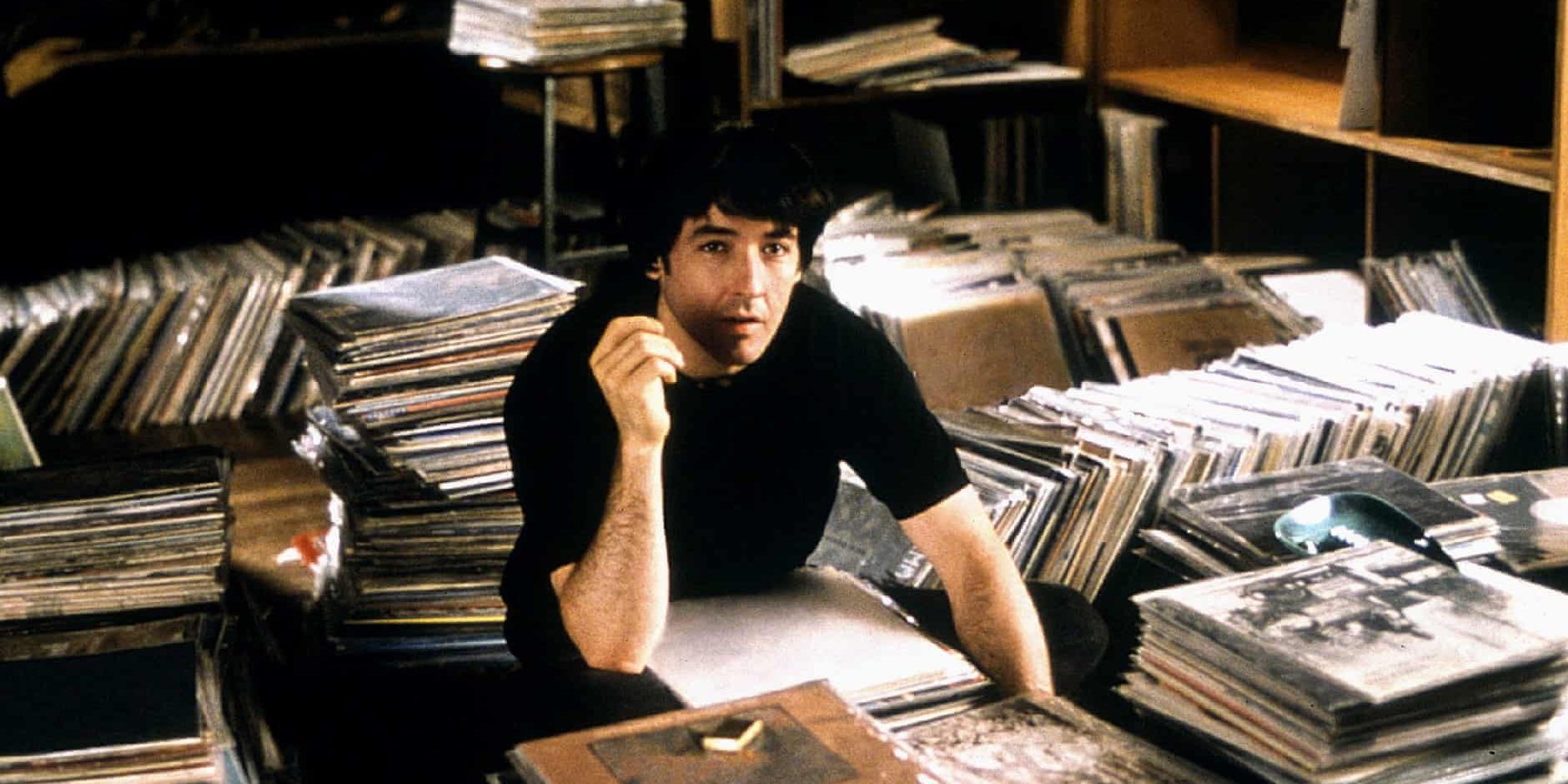
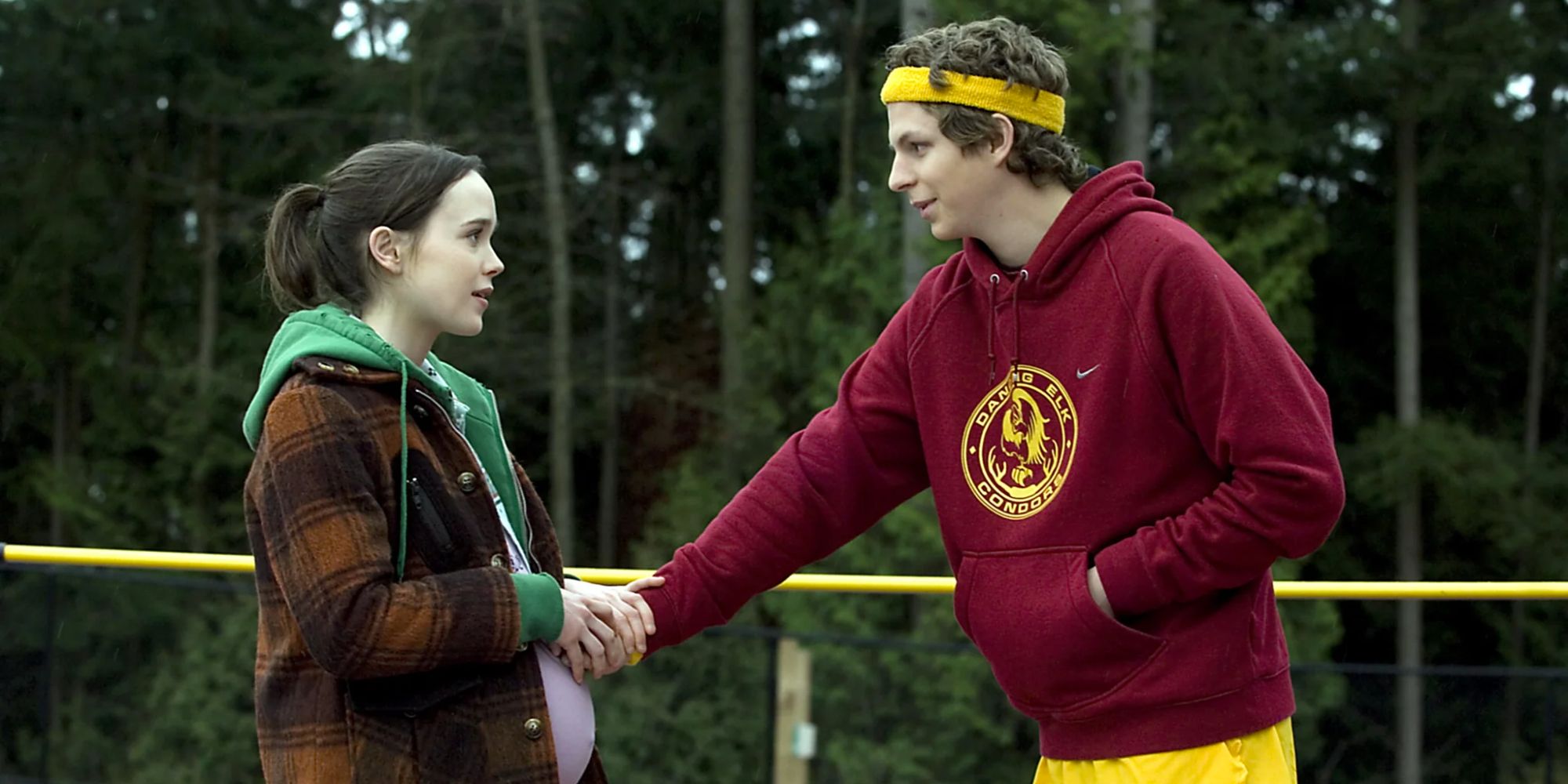
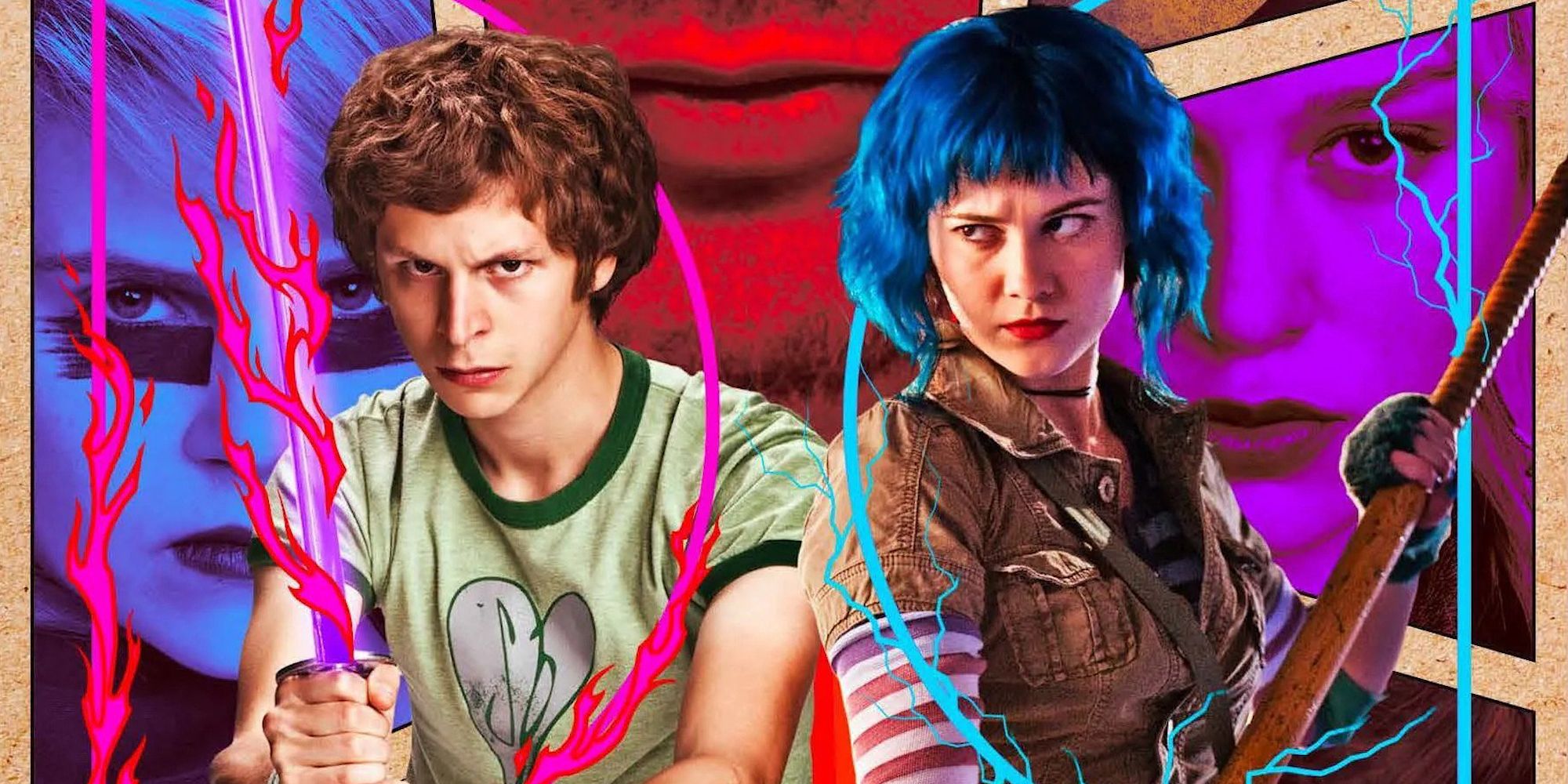
.jpg)
